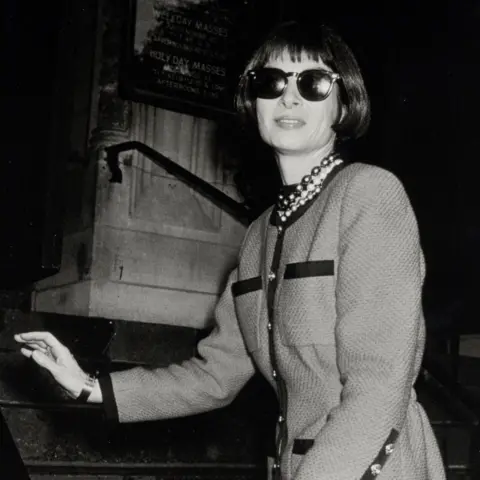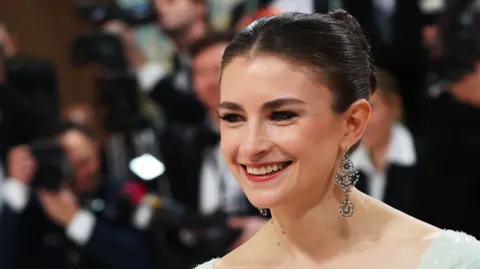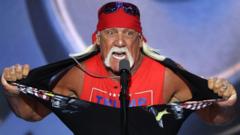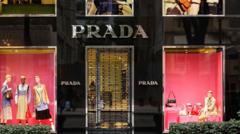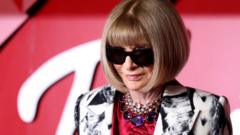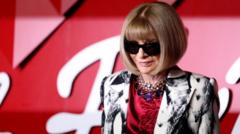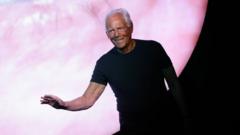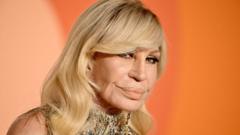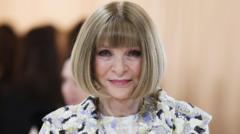In May 1989, Dame Anna Wintour did something that would become a hallmark of her time as editor-in-chief of US Vogue - she put a pop star on the cover.
Just a year into her tenure as the top of the magazine's masthead, Dame Anna had already made a name for herself as an editor who instinctively understood the zeitgeist. She was the first to put a model in jeans on Vogue's front, and now, Madonna.
If it was edgy to do jeans for November 1988, I think it was even edgier for her to do Madonna, says Amy Odell, author of *Anna: The Biography*.
For Marian Kwei, a stylist and Vogue contributor, this move speaks to Dame Anna's ability to make Vogue relevant to our times, make it contemporary, make it accessible.
Now almost 40 years later, Dame Anna is preparing to hang up her Manolo Blahnik's, sort of – while she will no longer be editor-in-chief, she will remain on as global editorial director. Down the hall will sit her heir, the 39-year-old Chloe Malle, who is stepping in as head of editorial content.
While some have attributed her continued presence as a sign of unwillingness to cede total control, one could also see it as a recognition of her unmatched place in the fashion industry, and the fear that should she go entirely, this print magazine – already a relic to some – will lose its remaining clout.
Once, fashion magazines like Vogue ruled the industry. They didn't have to fight for attention so much as just decree from on high what was and wasn't chic.
Whether you still see – or ever saw – Vogue as an arbiter of good taste, or reflection of our times, depends on who you talk to.
For Anja Aronowsky Cronberg, the founder and editor-in-chief of academic fashion publication Vestoj, less so. When she was a teenager growing up in Sweden, Vogue represented the world out there, something glamorous and different and the wide horizons that I was striving for. But she stopped reading it 25 years ago.
Today, print magazines are fighting for survival in an increasingly crowded, fast-paced landscape – a monthly publication loses a lot of relevance in a by-the-minute digital world.
There’s no one magazine that is relevant in the way Vogue might have been relevant in the 80s, says Cronberg. There are so many other vehicles for culture today, she adds, like TikTok and Instagram.
All this will be factoring into Malle's thinking as she takes on the job of head of editorial content. She reportedly plans to put out issues less frequently, centered around themes or cultural events rather than months.
One of the ways that Dame Anna has kept Vogue a part of the conversation is by expanding the people she invited onto the cover. Since Madonna's debut, Dame Anna has placed royalty, politicians, pop stars, writers and gymnasts on the cover.
Looking at the almost mythological position the Kardashians have gone on to occupy, the cover spoke to Dame Anna's uncanny ability to anticipate culture – as well, arguably, as drive it. But whether Dame Anna remains the right person to be at the helm, and whether the magazine can withstand increasing financial pressures, remains to be seen.
The Vogue brand stands apart, and is one of the most important fashion brands in the world.

